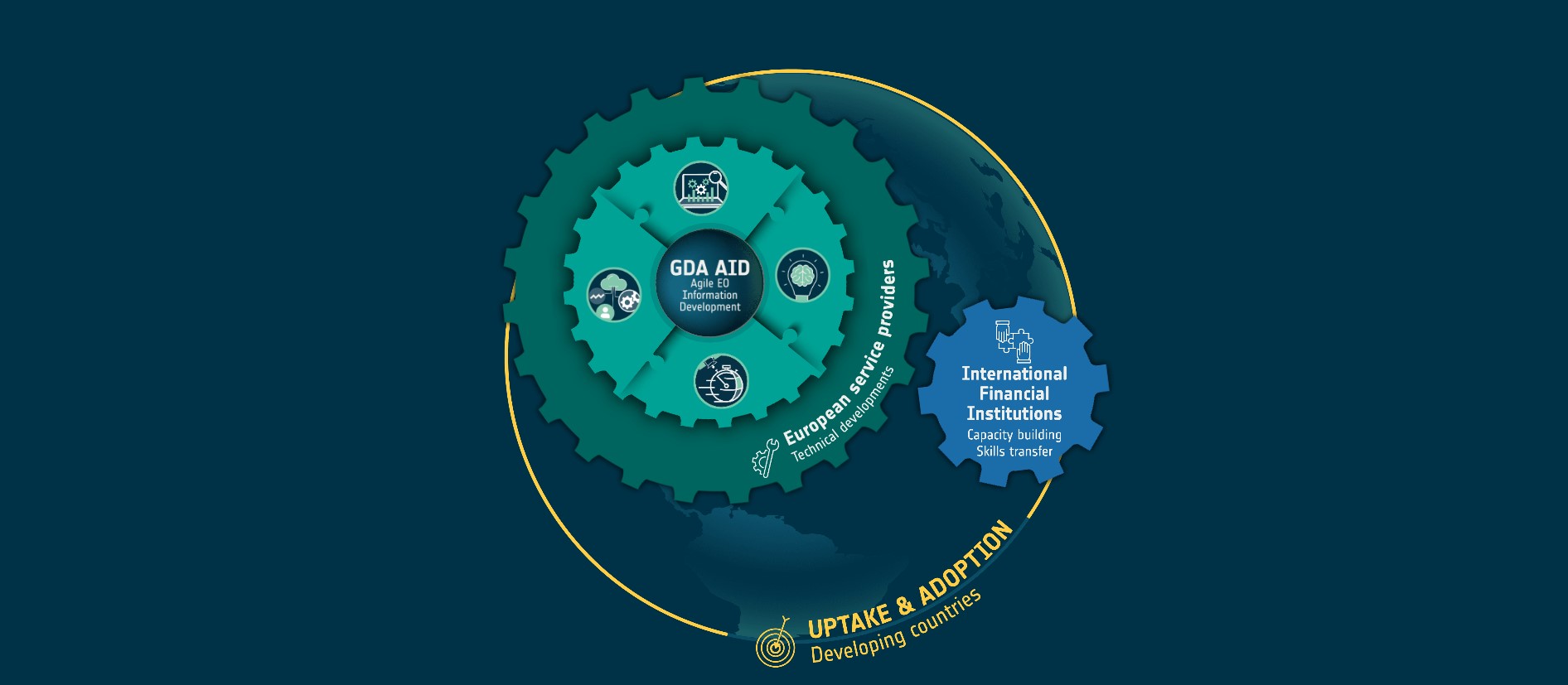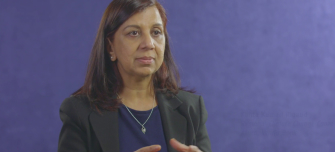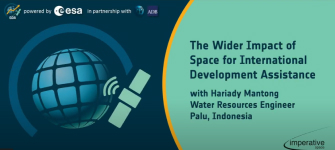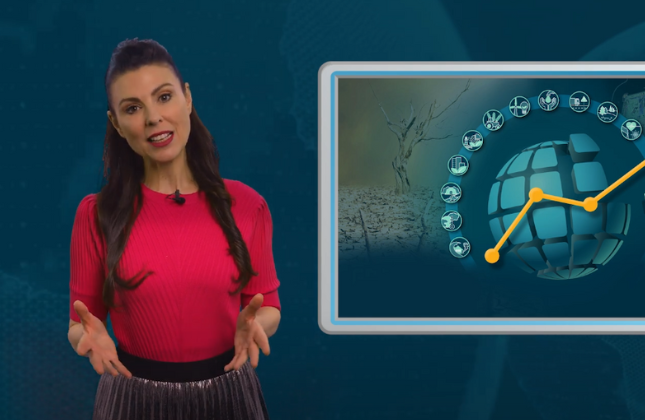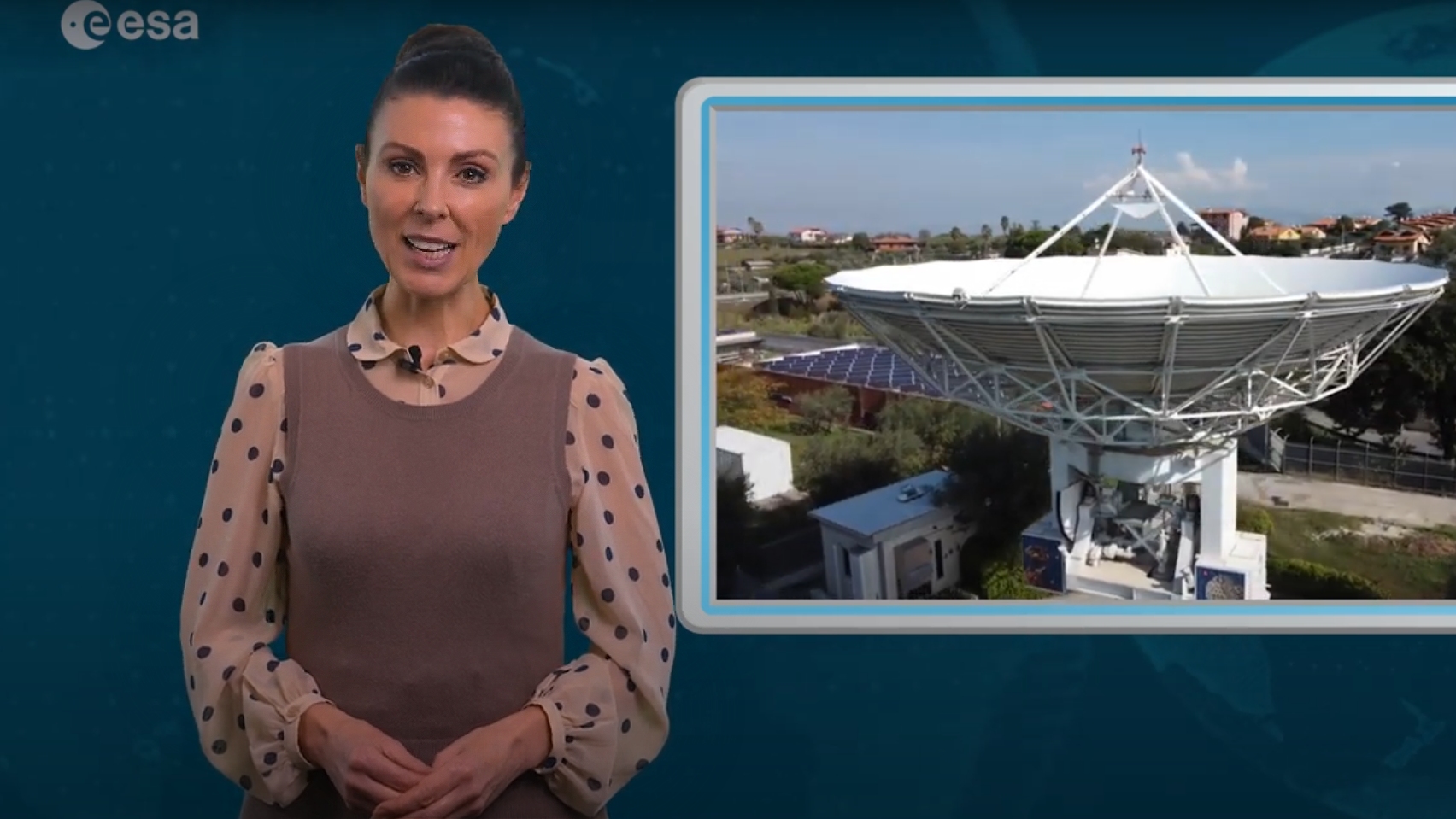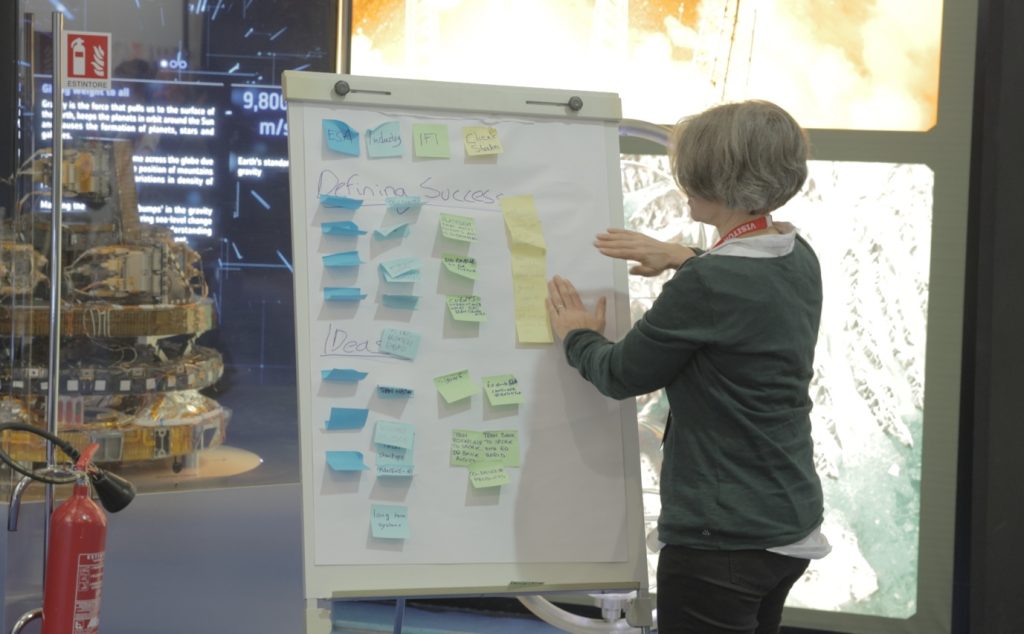
This blog is part of a four-part series designed to summarise the breakout group discussions from the Industry Engagement Co-Location Day for ESA’s Global Development Assistance (GDA) programme. The series explores key themes identified in the ESA GDA mid-term evaluation, published in September 2024, providing insights into the current status and future direction of the programme. Each blog focuses on one of four discussion topics identified by the ESA GDA Monitoring & Evaluation (M&E) consortium lead, Caribou Space, as areas for further exploration.
If you haven’t already, we encourage you to read the earlier post in the series to gain a fuller picture of the discussions and their interconnected themes. Find the links below.

Insights from ESA GDA Industry Day – Blog #1

Insights from ESA GDA Industry Day – Blog #3

Insights from ESA GDA Industry Day – Blog #4
During the Industry Engagement Co-Location Day, participants engaged in a two-hour breakout session designed to bring stakeholders together to share experiences, exchange ideas, and address challenges in GDA implementation. This blog (#2) focuses on insights from one of the four breakout discussions: What does success look like for impact assessment?
Session Objectives
This session explored the challenges and opportunities of best-practice impact assessment in Earth Observation (EO) programmes, such as those led by ESA. Specifically, participants aimed to:
- Discuss if ESA is becoming more user-centric and the implications for impact measurement
- Identify examples of impact measurement approaches well suited for ESA’s evolving context
By unpacking these objectives, the session sought to clarify not only why impact assessment matters, but also how it can be implemented across diverse ESA EO programmes.
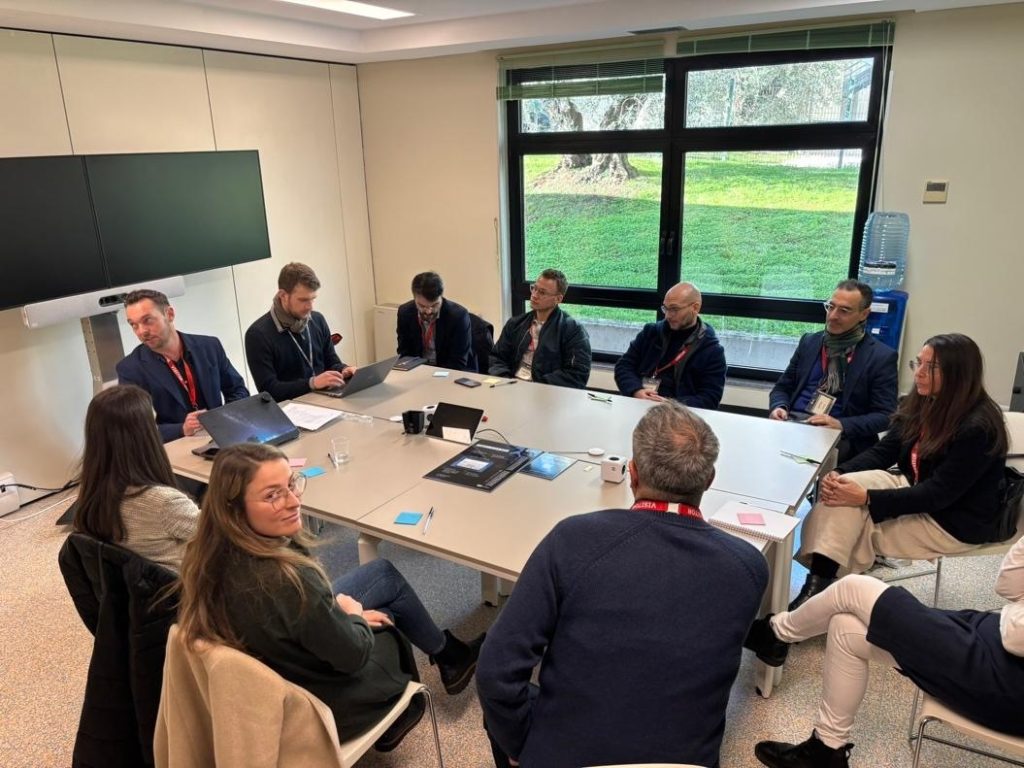
The GDA Global Development Assistance programme as an example of ESA’s move towards a greater user-centric (and uptake-oriented) focus
Participants first acknowledged that ESA’s mandate has historically been emphasising research and development, with an appetite for projects often influenced by their innovative, research-driven angle. However, an evolving trend places greater emphasis on end-user uptake and long-term socio-economic and environmental impact.This shift is particularly visible in the Global Development Assistance (GDA) programme. Its mission is to “accelerate impact by fully capitalising on the power of satellite Earth Observation (EO) in international development assistance operations” through partnerships with International Financial Institutions (IFIs), including the World Bank and the Asian Development Bank, and collaborations with client governments in over 70 countries worldwide.
Diverse users and use cases: the challenge of impact assessment
Despite this user-centric shift, measuring and demonstrating impact remains complex. Participants highlighted ESA’s traditional emphasis on output-level metrics—like product accuracy, platform registrations, data downloads, and scientific publications. Which, whilst important, contrasts with end-user priorities (in particular when looking at the IFI domain), which centre on tangible ‘on the ground’ outcomes such as agricultural yields, deforestation rates, or lives saved in disasters.
Within GDA alone, IFIs and their client governments span a wide array of thematic areas and partner ministries—agriculture, forestry, disaster response, and more—each requiring distinct EO solutions (often in need of integration in broader-scope service/solution packages). And, across ESA more broadly, the heterogeneity of users only increases, encompassing European government agencies, private companies, humanitarian organisations, and smallholder farmers worldwide. Each stakeholder group applies EO data differently, shaped by local policies, constraints, and objectives. As a result, even defining what to measure—whether social, environmental, or economic outcomes—can be a significant challenge.
Balancing Numbers and Human Emotions in Communicating Impact
In contexts, this diverse, multipronged approach to impact assessment is essential. Techniques such as evidence landscape mapping can highlight existing literature on EO’s utility, while theory of change frameworks unite stakeholders around shared visions of success, supported by indicator sets tracking progress over time. Data management platforms like the GDA Dashboard enable transparent, real-time insights, and formal evaluation reports foster trust and lesson-sharing.
The group agreed that success in impact assessment is a nuanced balance between numbers and human stories. With many audiences responding to quantitative metrics—be they economic returns, environmental improvements, or social indicators—while others find emotion and resonance in human-centric stories that capture tangible on-the-ground transformations to individuals lives.
Bringing both elements together ensures that EO-driven initiatives are understood, appreciated, and supported at all levels, from individual farmers to global policymakers.



